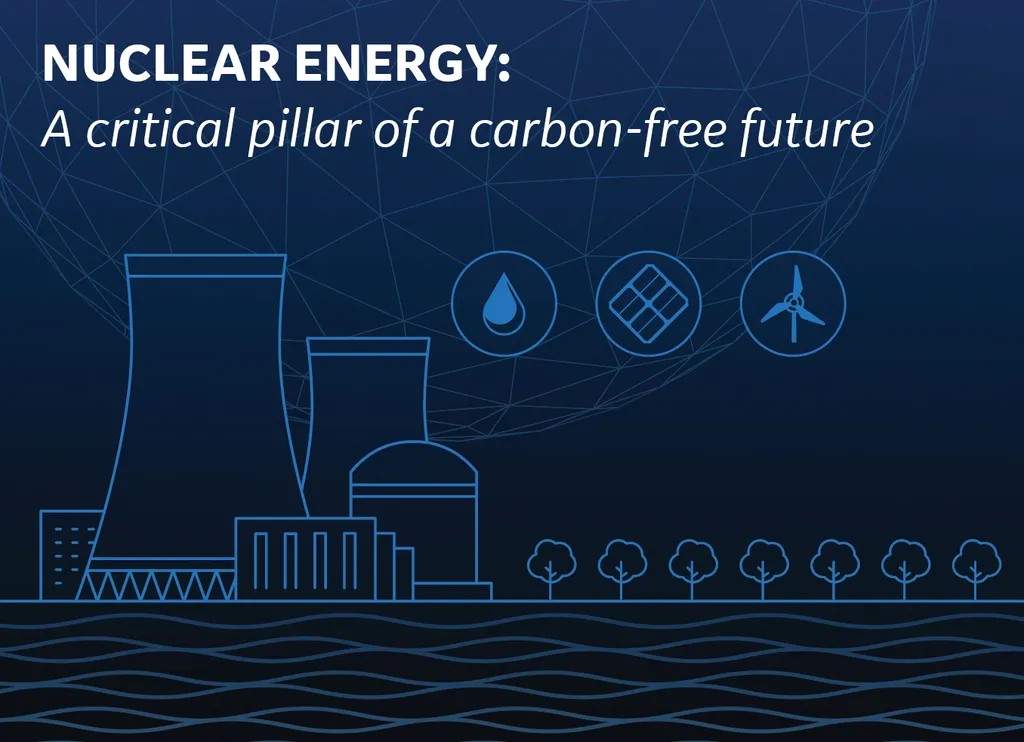In the quest for a carbon-free energy future, nuclear power is emerging as a critical player, complementing the intermittent nature of renewable energy sources. A recent state-of-the-art review published in the journal *Energies*, titled “A State-of-the-Art Review on Nuclear Reactor Concepts and Associated Advanced Manufacturing Techniques,” sheds light on the current landscape and future potential of nuclear energy. Led by Lisa May from the Materials Testing Institute at the University of Stuttgart, the research delves into the political commitments, safety aspects, and innovative manufacturing techniques that could shape the next generation of nuclear reactors.
The global push towards carbon-free energy generation by 2050 has spurred significant interest in nuclear power as a reliable and low-carbon energy source. “As renewable energy generation is intermittent and current energy storage options are limited, a diversified energy grid including nuclear power is the preferable choice for most nations,” May and her co-authors note. This diversification is crucial for ensuring energy security and stability, particularly in regions like Europe and the USA, where political and technological developments are closely watched.
The review highlights several innovative reactor concepts, including Generation IV reactors and small modular reactors (SMRs), which are being pursued to supplement fluctuating energy sources. These advanced reactor designs promise enhanced safety, efficiency, and economic viability. However, the challenge lies in deploying these technologies economically and in time to meet global energy goals.
Safety remains a paramount concern in the nuclear industry. The review discusses the most important safety aspects of large nuclear power plants and identifies knowledge gaps regarding the applicability of established procedures for innovative reactor concepts. May emphasizes the importance of addressing these gaps to ensure the safe and efficient operation of next-generation reactors.
Advanced manufacturing techniques are identified as a key factor in the economic and technical realization of innovative reactor concepts. The review highlights how cutting-edge manufacturing methods can enhance the performance and reliability of nuclear reactors, making them more competitive in the energy market.
The research provides a comprehensive overview of current developments in nuclear technology, with a particular focus on safety aspects and innovative manufacturing methods. “Advanced manufacturing techniques play a key role in the economic and technical realization of innovative reactor concepts,” May states, underscoring the importance of continued investment and research in this area.
As the energy sector navigates the transition to a carbon-free future, the insights provided by May and her team offer valuable guidance for policymakers, industry leaders, and researchers. The review not only highlights the potential of nuclear power to complement renewable energy sources but also underscores the need for continued innovation and investment in advanced manufacturing techniques.
In the broader context, this research could shape future developments in the field by fostering a deeper understanding of the challenges and opportunities associated with nuclear energy. By addressing safety concerns and leveraging advanced manufacturing techniques, the nuclear industry can play a pivotal role in achieving a sustainable and secure energy future.
Published in the open-access journal *Energies*, this review is freely available to researchers, policymakers, and industry professionals, ensuring that the insights and findings can be widely disseminated and applied. As the energy sector continues to evolve, the work of May and her colleagues serves as a crucial resource for those seeking to understand and advance the role of nuclear power in the global energy mix.

